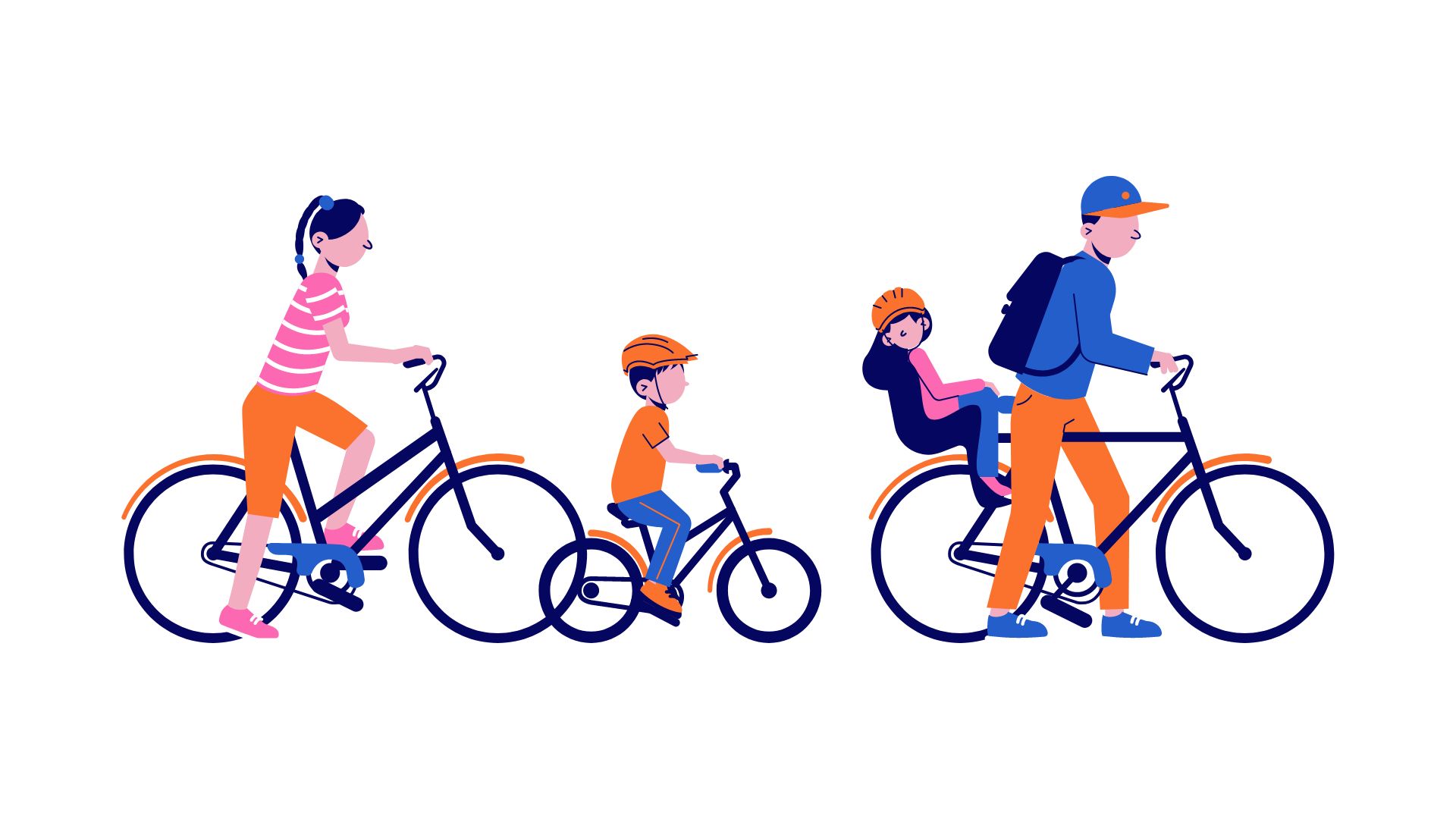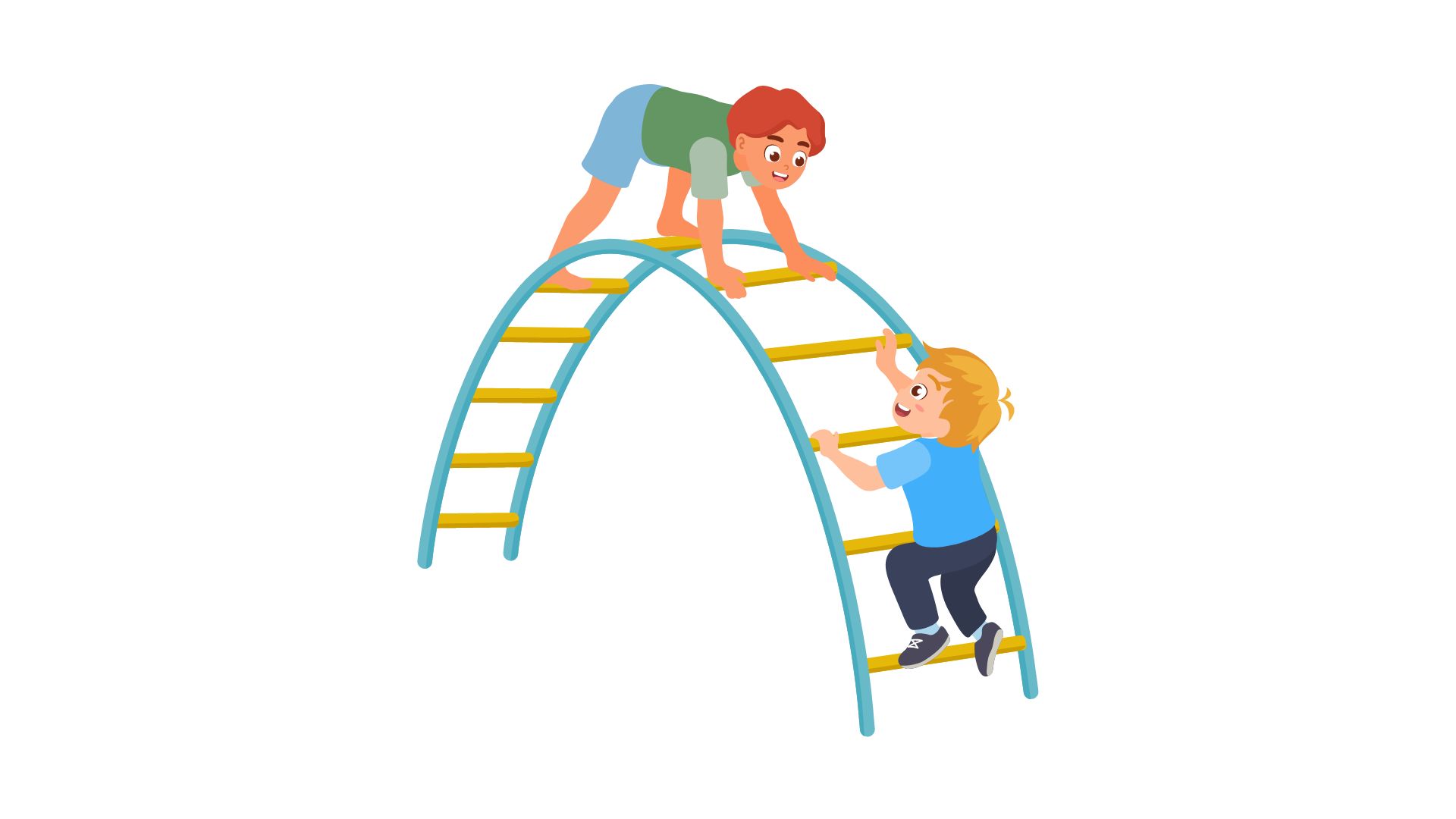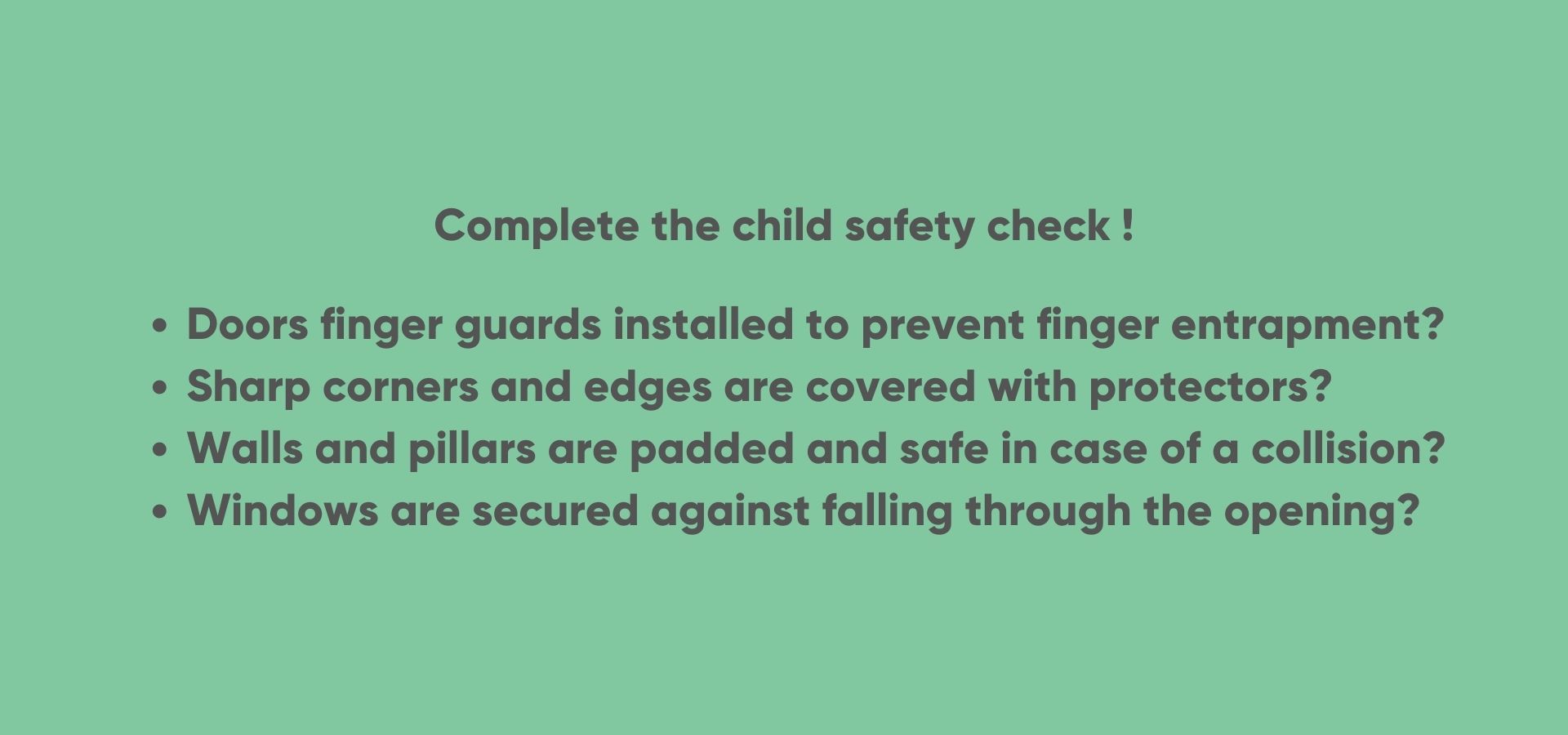Safe to school – 5 tips to ensure a safe start to the new school year
To ensure a safe start to the new school year we have collected some tips for children, parents, and schools.
Did you know most accidents happen at the beginning of the school year? Parents driving their kids to school by car. Children running around and exploring the playground. Making friends and developing social skills. A new environment, new kids, new teacher, new activities, and new routine. It can be exciting but also dangerous. Continue reading and find out how schools, parents, and children can ensure a safe start to the new school year.
1. Give space to children and avoid school zones
During rush hour the school zone can be chaotic. To make it clearer, quieter, and safer parents, kids, and schools can take action:
- School Street. Close streets around the school to motorized traffic twice a day for half an hour. The roads will remain accessible for pedestrians, cyclists, and emergency services. Residents who live next door will be able to get in and out of the street with the help of traffic controllers
- Work from home. Avoid being in traffic and start your working day from home. Save travel time and make the streets safer for children.
- Bike bus. Bicycle buses are a fun way for children to improve their cycling skills, develop road-safety awareness and build confidence, as well as reducing motorized traffic on the journey to school and at the school gate. Another benefit is that it helps to normalize cycling as a mode of transport to school.
2. Empower children and prevent falling
82% of serious injuries among 0-11-year-olds are caused by a fall. Most kids fall from stairs, furniture, or playground equipment. Injuries because of a fall can be prevented. Some examples of how parents and schools can help children:
- Move actively. By actively moving and playing, your child learns to jump, balance, land, run, swing, and climb. As a result, children learn to estimate risks with which to prevent a fall.
- Risky play. Find the right balance between protecting and empowering your child. So don’t just avoid risks, but also teach your child to deal with risks. Sometimes accidents happen, but those are valuable and positive experiences. Let children push their boundaries by trying new activities and overcoming their fears.
- Fall exercises. Teach children how to safely catch their falls. Fall exercises are great fun for kids! They think it’s fantastic to be able to do stunts while playing. You give children confidence and pleasure to move. And the chance of serious injury is significantly reduced!
Falling down and getting up. That is what children learn from. To reduce the risk of serious injuries from falling, it is also advisable to think of safety solutions such as: corner protection, wall protection, radiator protection, and floor mats. Also read what to do when your child hits their head.
3. Create a safe place to play
Each year, more than 200,000 children go to U.S. hospital emergency rooms with injuries associated with playground equipment. For many countries, accidents associated with playground equipment are the #1 reason why children end up in the emergency room. To make their playgrounds a safe place to play schools and kindergartens should check the equipment and surrounding on a regular basis:
- Check for hazards. Every time you visit a playground scan the environment. What is the condition of the equipment? Is it worn out? Are there any dangerous objects like glass or ropes?
- Surface. Fall-absorbing material reduces the risk of serious injuries. Think of wood chips, bark, grass, rubber, or cork flooring.
- Demarcation. A fence in combination with natural borders like vegetation helps to keep children safe and within the playground. A child-safe fence is characterized by the height, the absence of sharp and protruding parts, and the distance between the bars.
- Latest standards. Does the equipment still comply with the latest standards? A play hill is much safer and kids can slide down and climb without danger.
- Inspection. Good management ensures that playground equipment is and remains safe. All playground equipment should be checked yearly by certified organizations.
Bonus tip: do a full child safety check in your school or kindergarten to minimize the risk of injuries. Doors are safe and protected to prevent finger entrapment? Sharp corners and edges are covered with protectors? Walls and pillars are padded and safe in case of a collision? Windows are secured against falling through the opening? Discover all our solutions.
4. Ensure a healthy environment
A healthy environment in schools and kindergartens has a positive effect on the learning performance, productivity, and health of pupils and staff. Address the following themes to create a healthy environment:
- Air quality. Clean air, filters, and ventilation reduce CO2 concentration and improve air quality in a classroom.
- Temperature. Cooling down during hot summer days and heating up during cold wintertime. A comfortable temperature in the classroom can significantly improve students’ performance.
- Light. The most effective way to create a comfortable learning environment is by setting up the proper lighting. Daylight and LED light can help kids feel more awake and ready to learn. In addition, sufficient daylight can save a lot of energy.
- Acoustic. Teaching and learning are acoustically demanding activities. Therefore, proper acoustics in classrooms is of great importance. To achieve this, it is necessary that reverberation in the room is prevented as much as possible. Want to know more about improving acoustics? Read our article 10 tips to improve acoustics at schools and kindergartens and discover the Acoustic Cloud to reduce noise in classrooms.
- Hygiene. To keep everyone healthy and safe we should continue the hygiene routine after the pandemic. Teachers, parents, and children should pay attention to handwashing, cleaning, and staying at home when they’re sick. We created a song for the little ones to make handwashing more fun! Watch the video here and have a look at our Visible Soap.
5. Stimulate positive social behavior
A socially safe environment ensures that kids enjoy going to school and can develop themselves.
- Friendships. Making friends helps to develop social skills. Playing together, solving quarrels, expressing feelings, and empathizing with someone else. Social skills are still developing in children. Parents can support children by talking about situations and sharing experiences. Team sports can also help to connect with other children and develop self-confidence.
- Bullying. Bullying creates an unsafe atmosphere that not only affects a child’s development but can also lead to emotional and psychological trauma. It is vital that schools create a safe environment for everyone. A clear policy stimulating positive social behavior, intervention and prevention skills, awareness, and a sense of community can tackle and prevent bullying.
- Social interaction. Promoting positive interaction between students and teachers leads to better results. Greet each child, make 1-on-1 contact, and build a relationship. It stimulates students’ social skills, motivation, involvement, and makes lessons more fun for everyone!
- Positive self-image. A positive way of parenting will help children to feel accepted, loved, and valued. Children who are being complimented by their parents when they do chores or try new things will develop self-confidence and a positive self-image.
Questions?
We hope that these tips will make schools and kindergartens safer for your kids!
Arte Viva offers child safety solutions for kindergartens and schools, like door finger guards, corner protection, radiator cover, and window protection. Explore our range and feel free to contact us contact us for more information or request a quote.
We are happy to help you choose the right solution!






